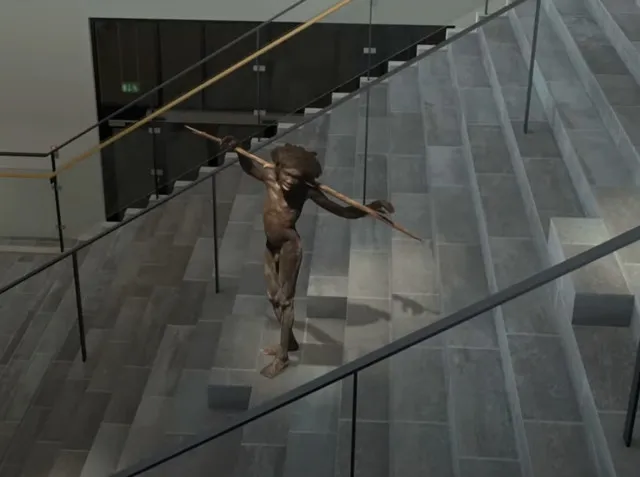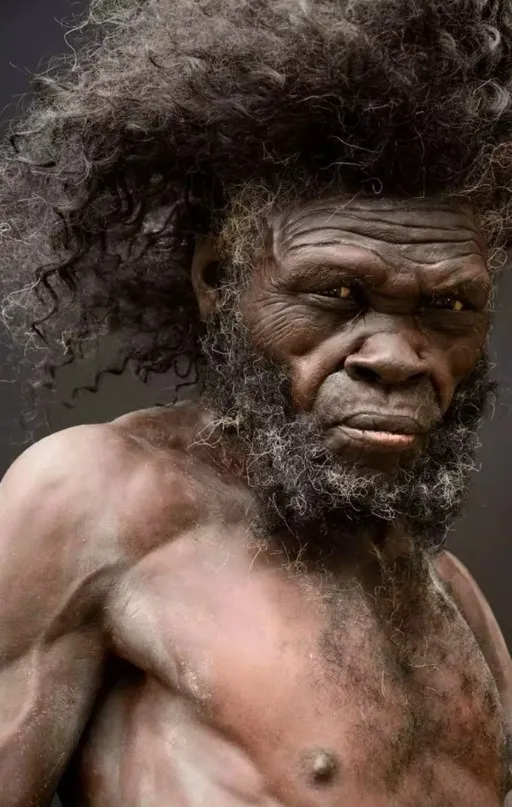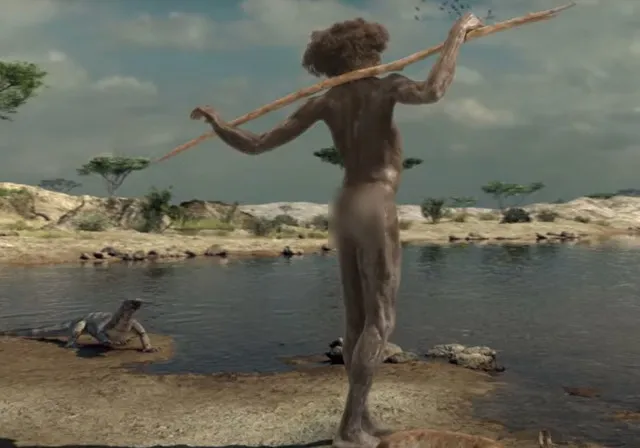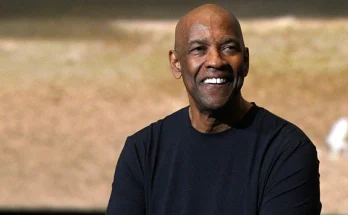A museum has recreated the appearance of the first humans, astonishing visitors with the extreme detail and realism of the figures.
Museum stuns viewers with lifelike recreation of first humans
A video reveals our ancient ancestors’ striking resemblance to modern humans.
It’s truly mind-boggling to consider that every individual on Earth can trace their lineage back to just two people.

The origins of humanity are a complex topic. Here, the focus is on the museum’s portrayal of early humans, showing a remarkable likeness to contemporary humans.
Before delving into the Moesgaard Museum’s impressive exhibit, let’s briefly touch on pivotal moments in human history.
Discovering our ancestors with Lucy and Turkana Boy
Lucy, often referred to as the “mother of mankind,” lived approximately 3.2 million years ago.
Her remains were discovered in Hadar, northern Ethiopia, in 1974.
This find by Professor Donald Johanson and his student Tom Gray marked a groundbreaking moment in archaeology.
Lucy, resembling a modern chimpanzee but walking upright, represented a significant evolutionary leap.

A decade later, in 1984, another significant discovery emerged with the unearthing of ‘Turkana Boy,’ a specimen believed to have lived around 1.5 million years ago.
This individual, part of the Homo ergaster lineage, was found near Lake Turkana, Kenya.
The paleontologist Kamoya Kimeu discovered nearly a complete skeleton.
The Moesgaard Museum’s journey through human evolution
The Moesgaard Museum’s exhibition, described on its website, offers a unique journey through human evolution.
The museum collaborated with experts from Aarhus University and the renowned Kennis brothers from the Netherlands.
Together, they present seven reconstructed human species.
These include Lucy and the Koelbjerg Man, Denmark’s oldest skeleton from the Stone Age.

Speaking about the exhibition on its website, Moesgaard Museum’s description read: “On your way to the prehistory exhibitions, you descend the stairway of evolution.
Here you will meet your prehistoric family: Seven reconstructed human species will look on as you walk down the stairs.
“In cooperation with the Centre for Biocultural History at Aarhus University and the World famous Dutch Kennis brothers, Moesgaard Museum has created a unique collection of seven reconstructed homines, i.e. human species.
“From the 3.2 million year-old Lucy, who was found in Ethiopia, to the Koelbjerg Man, who lived in the Stone Age and is the oldest skeleton found in Denmark.”
Insights into early modern humans from Twitter reactions
One Twitter user expressed amazement at the intricate detail of the reconstructions, noting how these representations provide insight into the appearance of early modern humans.

“This fascinating reconstruction gives us a glimpse into the appearance of early modern humans.
“With their unique features shaped by adaptation and environment, they reflect the diversity of our ancestors.
It’s intriguing to think about how much they might have shared in terms of culture and social structures!”
These lifelike figures, shaped by their environments and adaptations, offer insight into the diverse traits of our ancestors.
They also raise intriguing questions about shared cultures and social structures.



